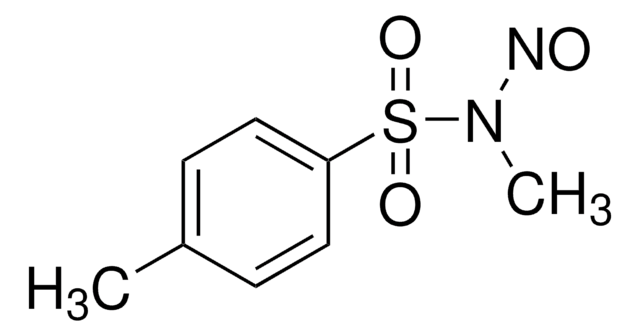All Photos(4)
About This Item
CAS Number:
EC Number:
MDL number:
UNSPSC Code:
12352301
PubChem Substance ID:
NACRES:
NA.21
Recommended Products
form
powder
loss
<16% loss on ignition
particle size
−80 mesh
SMILES string
O[Si](O)=O
InChI
1S/H2O3Si/c1-4(2)3/h1-2H
InChI key
IJKVHSBPTUYDLN-UHFFFAOYSA-N
Looking for similar products? Visit Product Comparison Guide
Application
Silicic acid is a hydrophilic inorganic material that can be used as a zirconium phosphate additive to enhance proton conductivity in the inorganic-organic composite membranes. It can also be used as a binder for the electrodes of thermal batteries.
Storage Class Code
11 - Combustible Solids
WGK
WGK 3
Flash Point(F)
Not applicable
Flash Point(C)
Not applicable
Certificates of Analysis (COA)
Search for Certificates of Analysis (COA) by entering the products Lot/Batch Number. Lot and Batch Numbers can be found on a product’s label following the words ‘Lot’ or ‘Batch’.
Already Own This Product?
Find documentation for the products that you have recently purchased in the Document Library.
Customers Also Viewed
The Intimate Role of Imidazole in the Stabilization of Silicic Acid by a pH-Responsive, Histidine-Grafted Polyampholyte.
Demadis KD, et al.
Chemistry of Materials, 27(19), 6827-6836 (2015)
Silicic acid polymerization catalyzed by amines and polyamines.
Mizutani T, et al.
Bulletin of the Chemical Society of Japan, 71(8), 2017-2022 (1998)
Paul Curnow et al.
Biochemistry, 51(18), 3776-3785 (2012-04-26)
The synthesis and manipulation of silicon materials on the nanoscale are core themes in nanotechnology research. Inspiration is increasingly being taken from the natural world because the biological mineralization of silicon results in precisely controlled, complex silica structures with dimensions
Samantha Davenward et al.
Journal of Alzheimer's disease : JAD, 33(2), 423-430 (2012-09-15)
There has been a plausible link between human exposure to aluminum and Alzheimer's disease for several decades. We contend that the only direct and ethically acceptable experimental test of the 'aluminum hypothesis', which would provide unequivocal data specific to the
J Ruttanavut et al.
Histology and histopathology, 27(10), 1333-1342 (2012-09-01)
This study investigates the combined effect of silicic acid and bamboo vinegar compound liquid (SPV) on the growth and intestinal histological alterations in poultry. Forty-eight 7-day-old male Sanuki Cochin chickens were fed a commercial mash diet supplemented with SPV at
Our team of scientists has experience in all areas of research including Life Science, Material Science, Chemical Synthesis, Chromatography, Analytical and many others.
Contact Technical Service











